
From Text to Models: A Comprehensive Guide to Textual Modeling and Diagrams as Code Tools in 2024
Sometimes the easiest way to draw a model is to “write” it down. These tools will render nicely looking UML diagrams from a few lines of text.
Modeling and Deploying Platform-Independent Bots on Open Source Projects
Easily design and deploy community bots to help you manage your open source projects
Welcome to the low-modeling revolution
Low-modeling platforms accelerate the modeling of a software system by dramatically reducing the amount of hand-modeling required
ModelSet: a Labelled Dataset of Software Models for Machine Learning
Curated collections of models are essential for the success of Machine Learning (ML) and Data Analytics in Model-Driven Engineering (MDE). However, there is still a lack of curated datasets of software models. We believe that there are several reasons for this,...
Object Event Modeling for Low-Code Business App Development
While research in Business Process Modeling has focused on events and processes, neglecting objects, research in Conceptual Modeling for Information Systems engineering has focused on objects, neglecting events. OEM reconciles both perspectives, giving equal weight to objects and events.
Using uncertainty as an input to managing inconsistencies
Uncertainty and inconsistency are inherent aspects of the development of any complex system. In practice, both must be tolerated to some extent so as not to inhibit engineers in their work, especially during the early stages of development.
Orca – Your new no-code way to edit a Docker-Compose file
Simplify the creation of configuration files for your software deployments with our new graphical environment able to generate docker compose files for you
Model-driven Prompt Engineering
We propose a DSL for prompt engineering to define platform-independent prompts that can later be adapted to provide good quality outputs in any target AI system
Automating Bias Testing of Large Language Models
Large Language Models (LLMs) are being quickly integrated in a myriad of software applications. This may introduce a number of biases, such as gender, age or ethnicity, in the behavior of such applications. To face this challenge, we explore the automatic generation of tests to assess the potential biases of an LLM.
Open Research Engineer, PhD and Postdoc positions
Now announcing new PhD and Postdoc opportunities to join our team at the Luxembourg Institute of Science and Technology
Debunking the top 10 myths and misconceptions about the Unified Modeling Language
What are the 10 most common misconceptions about UML (according to chatgpt) and my response to them

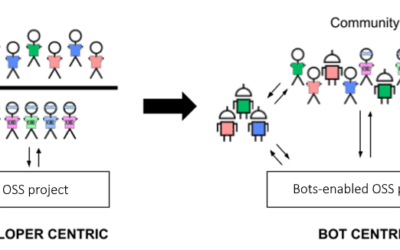


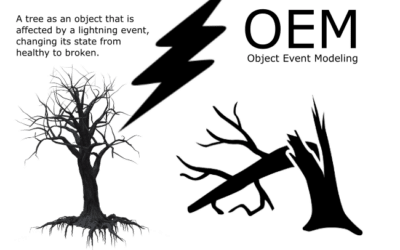

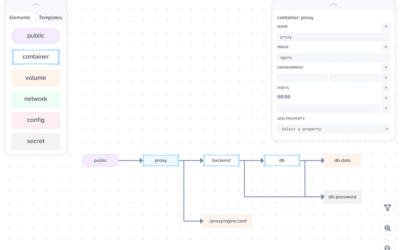

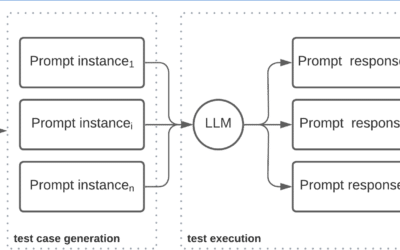


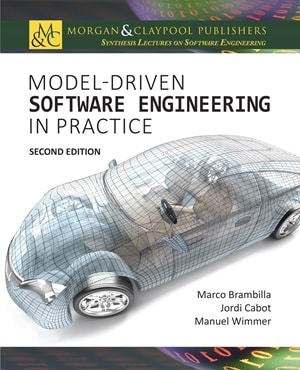

Recent Comments